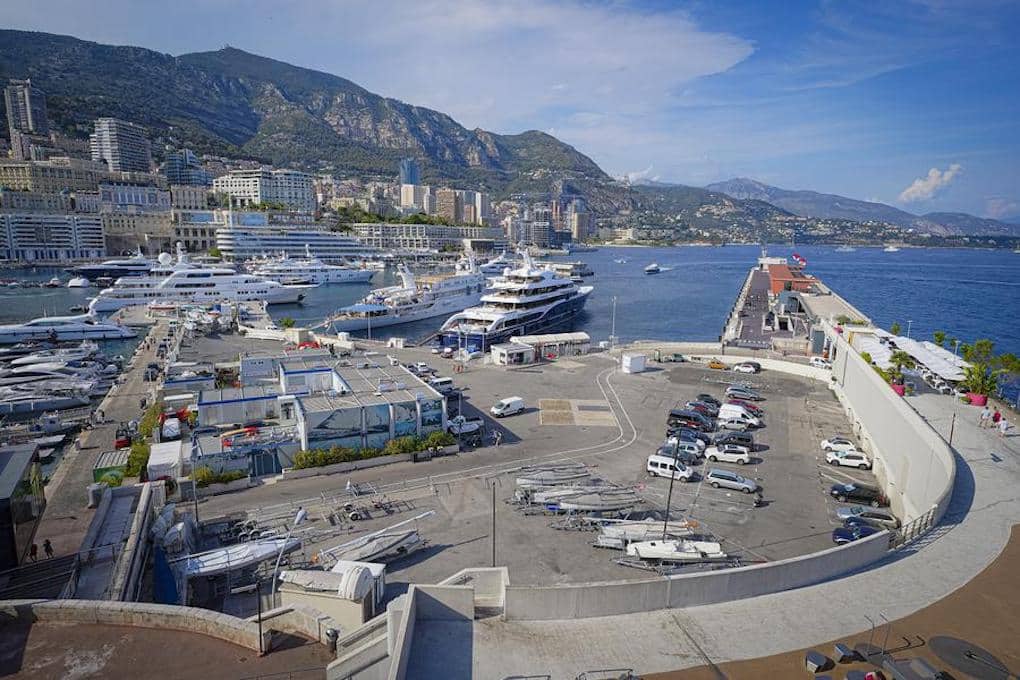Future Esplanade des Pêcheurs revealed

On Wednesday 27 July, a majority of the National Council voted in favour of a bill to decommission a plot of land in order to allow the construction of a real estate development.
A long story is nearing its conclusion. On Wednesday 27 July, the elected members of the National Council were convened to an extraordinary session by Sovereign Order.
Among the bills examined: a first one on a variety of economic and legal matters, voted unanimously, and a second amending the terms of the Act of 8 January 2007 on co-ownership of built properties, also voted unanimously.
A third bill dealt with the decommissioning of a plot of land that was part of the State’s public domain, on Esplanade des Pêcheurs, Quai Rainier I Grand Admiral de France and part of Quai Antoine I. Passed with 13 votes in favour, one against and two abstentions, the bill started out in September 2014.
At the time, to recap briefly, the State, owner of the plot, had signed an agreement with the Monegasque company SAM SAMEGI (of the Caroli group) and the underwater archaeologist Franck Goddio. The site was earmarked as the home for a future ‘Centre de l’Homme et la Mer’ (Man and the Sea Centre). However, the decommissioning bill was withdrawn shortly afterwards because of the conflict between the Grand Prix event organisation and the Caroli Group’s real estate projects. In 2018, the Supreme Court had ordered the State to pay “a capital sum and interest worth 155 million euros in today’s value.”
A museum, state housing, and public gardens are planned…
Keen to find “an amicable solution”, Prince Albert II requested that the initial project be amended, so that it could fit in with the Grand Prix and its organisation. A new bill was tabled in early April and then referred to committee.
The proposed new development should free up an area of 5,800 m2, which will ensure the sustainability of the Grand Prix and which can be used for other events throughout the year. Access by the emergency services is also to be guaranteed with this new layout.
The remainder of the space will include a 5,000+ m2 museum, which is to house Franck Goddio’s collections as planned. Thousands of items will be on display; the site will also include a scientific and research unit, as well as different scientific and educational activities.
A new development – on the site of the former Yacht Club – will also be built, containing several businesses and 23 state housing units. Public gardens, a pedestrian link between the esplanade and Monaco-Ville, premises for port professionals and the Maritime Police, a 182-bay car park and shops, offices and private housing are also planned.
The National Council specified that the project must be consistent with the state’s environmental protection policy. The decommissioning of a parcel of land (outlined in yellow below), which is necessary to make the project a reality, was passed by a majority. “This breakthrough marks a historic turning point in the approach to laws governing decommissioning from the public domain for the benefit of a private party, while defending the interests of the State and the Monegasques ,” said Stéphane Valeri, President of the National Council.

The Government of Monaco welcomed the majority vote and expressed its satisfaction, via a press release, with this new agreement which should protect the interests of Monegasques: “Thanks to the agreement reached in consultation with the National Council, the public finances have effectively been protected, as the developer has waived enforcement of the Supreme Court’s order of 25 June 2020 that the State should pay a sum equivalent to 157 million euros today…”
In parallel, the interests of Monegasque nationals have also been safeguarded, since the new tripartite agreement that will be signed will ensure that the State will receive significant financial revenue and substantial benefits in kind, including the construction of state-owned apartments, car parks, commercial premises and public gardens, as well as the development of a museum dedicated to underwater archaeology.”










